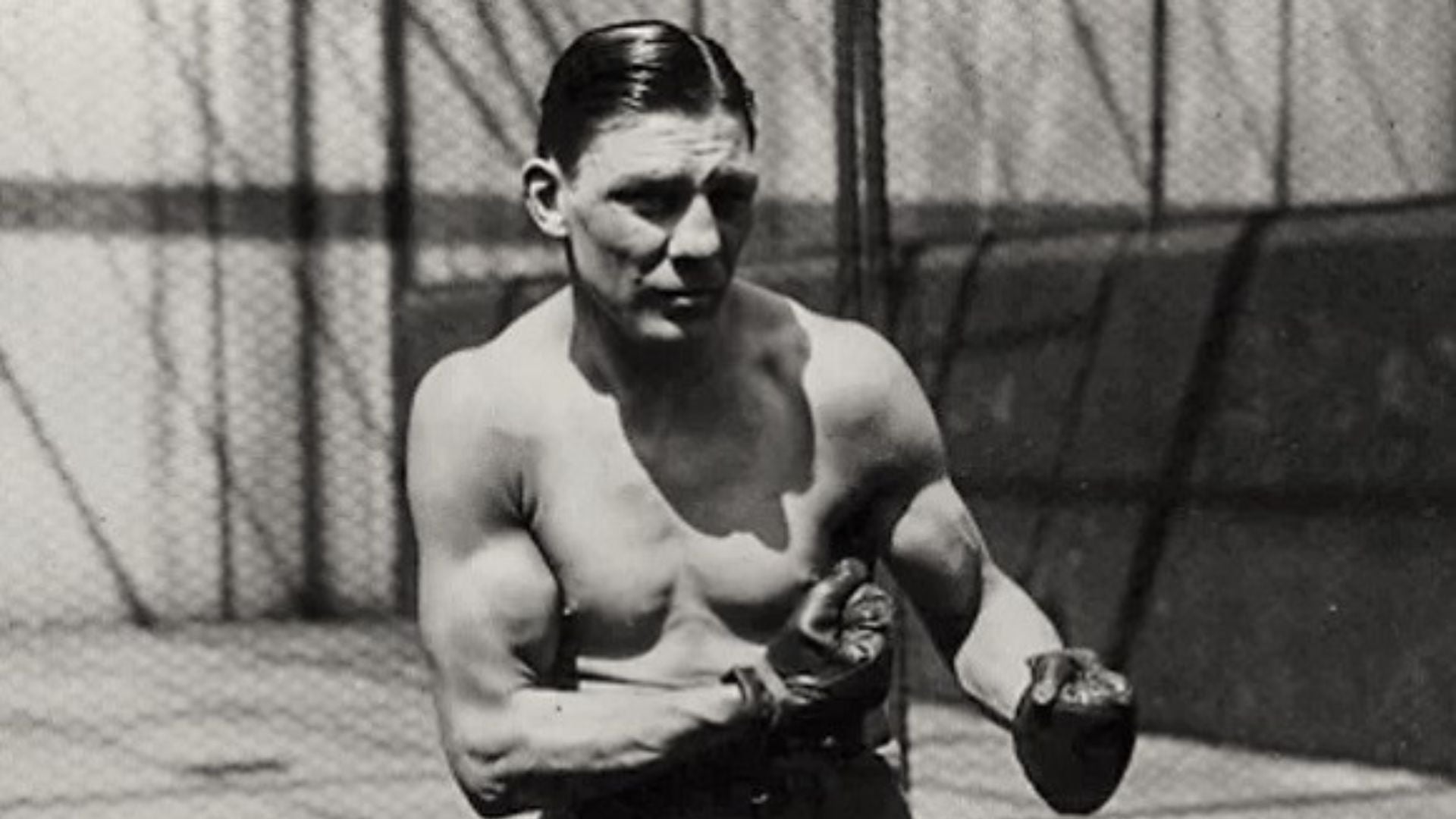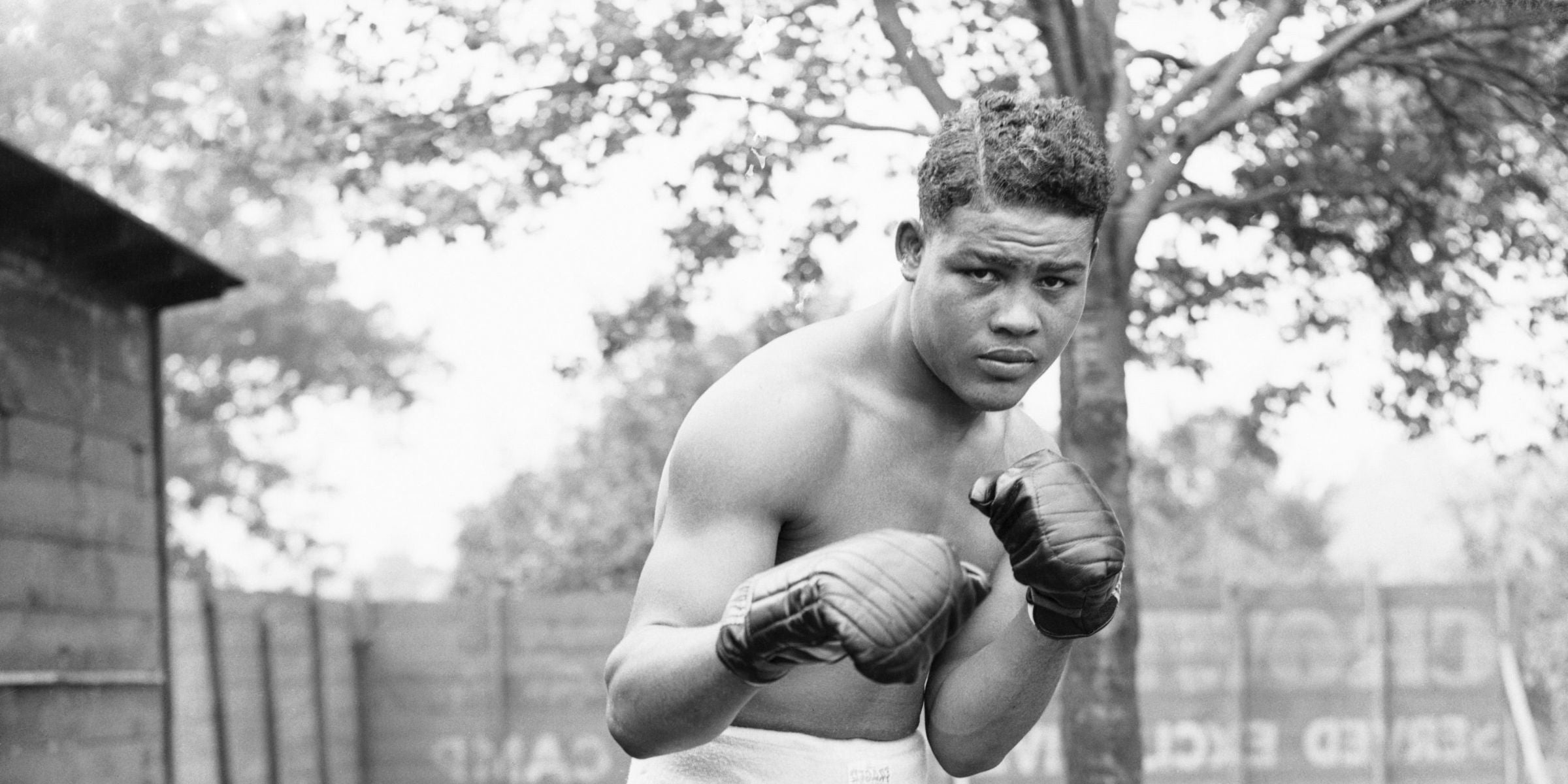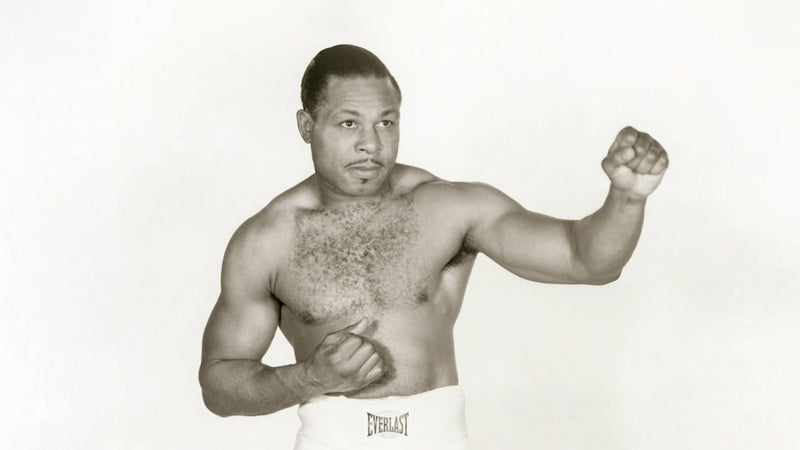
Harry Greb: The Untouchable "Pittsburgh Windmill" (1913-1926)
"He was the fastest fighter I ever saw. He would throw six punches to your one." – Gene Tunney, former heavyweight champion.
Harry Greb was not just another boxer. He was a force of nature, a whirlwind of speed and aggression that left opponents bewildered and broken. With over 300 fights in a career spanning just 13 years, Greb embodied the essence of old school pugilism, fighting often, fighting anyone, and refusing to back down. What makes his legacy even more astonishing is that he fought most of his career blind in one eye.
Yet, in the annals of boxing history, Greb’s name is sometimes overshadowed by those who followed. It is time to shine a light on the man known as the Pittsburgh Windmill, a fighter whose relentless pressure, unmatched stamina, and fearless attitude made him one of the greatest middleweights of all time.
Early Life and Introduction to Boxing
Born on June 6, 1894, in Pittsburgh, Pennsylvania, Edward Henry "Harry" Greb was a scrappy, energetic kid with an appetite for competition. Like many young men of his era, he found himself drawn to the rough and unforgiving world of boxing. What he lacked in size, standing only five feet eight inches and often weighing under 160 pounds, he more than made up for with sheer tenacity.
Greb turned professional in 1913, fighting in an era where boxers were expected to take on all challengers, often with minimal preparation. He embraced this mentality, taking on significantly larger opponents and never shying away from a tough bout.
A Style Unlike Any Other
Greb’s fighting style was chaotic, relentless, and utterly exhausting for his opponents. He did not adhere to traditional boxing strategies; instead, he overwhelmed adversaries with a whirlwind of punches. His footwork was unpredictable, his head movement unorthodox, and his stamina seemingly limitless.
Unlike the precision punchers of later generations, Greb’s attack was not about setting up the perfect shot, it was about sheer volume and pressure. Opponents found themselves unable to breathe under his assault, constantly fending off punches from odd angles.
The Legendary Feats of Harry Greb
Throughout his career, Greb stacked up an incredible number of victories, often against men who dwarfed him in size. Some of his most remarkable feats include:
- Fighting and Defeating Heavyweights
- Despite being a natural middleweight, Greb had no reservations about stepping into the ring with light heavyweights and even heavyweights. His speed and unrelenting pressure often neutralized the size and power advantage of larger fighters.
- Defeating Future Heavyweight Champion Gene Tunney
- One of Greb’s most celebrated victories came in 1922 when he handed Gene Tunney, a future heavyweight champion, the only defeat of his career. Greb battered Tunney over 15 brutal rounds, leaving him bloodied and bruised. Though Tunney would later avenge the loss, he always spoke highly of Greb’s sheer skill and ferocity.
- Winning the Middleweight Championship
- In 1923, Greb won the World Middleweight Championship by defeating Johnny Wilson. This was the pinnacle of his official achievements, but he continued fighting across multiple weight classes, taking on the best competitors of his time.
- Fighting Blind in One Eye
- In a tragic twist, Greb suffered an injury in 1921 that left him completely blind in his right eye. Astonishingly, he continued fighting at an elite level, never revealing his impairment. This makes his subsequent victories even more extraordinary, as he was essentially competing with half his vision against some of the best fighters in the world.
The End of a Remarkable Career
Greb’s career came to an end in 1926 after a loss to Tiger Flowers in a rematch for the middleweight title. He had fought more than 300 professional bouts, a number unimaginable in modern boxing, where top fighters barely reach 50 fights in a lifetime.
Tragically, Greb died in 1926 at just 32 years old due to complications from surgery to repair damage from years in the ring. His death marked the loss of one of boxing’s most fearless warriors.
The Legacy of Harry Greb
Harry Greb’s name might not be as widely recognized as those of Muhammad Ali, Sugar Ray Robinson, or Mike Tyson, but among boxing historians and purists, he remains a legend. His combination of speed, endurance, and sheer willpower set a standard that few have matched.
Even today, boxing analysts marvel at his achievements. Fighters with his level of activity, against such elite opposition, are unheard of in modern times. His ability to dominate despite significant disadvantages cements his place as one of the greatest pound for pound fighters in history.
Why Harry Greb Still Matters
In an era where fighters carefully pick their opponents and engage in long promotional build ups, Greb’s willingness to fight anyone, anytime, is a refreshing contrast. He exemplifies the old school warrior spirit, a mentality that values toughness, adaptability, and relentless work ethic above all else.
For those who study boxing, Greb remains an inspiration, proof that speed, determination, and an indomitable will can overcome even the most daunting challenges. His story is one of courage, resilience, and a refusal to be defeated, making him a timeless icon in the sport.





